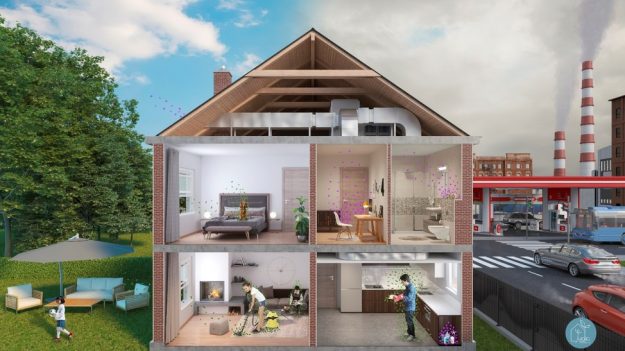The research objective is to determine the impact of energy‐efficient building practices on indoor air quality. The related projects aim at evaluating indoor air quality in a large sample of new or refurbished energy‐efficient single‐family dwellings by analysing individuals’ exposure to radon, VOCs (volatile organic compounds) and molds. In these buildings a particular attention has been brought to the effective air tightness of the envelope as well as to the ventilation.
The depletion of natural energy resources along with the increase of energy costs have made energy savings a priority. This led to a process of rethinking building practices so as to make them most sustainable and economical in terms of its energy consumption by ensuring the air tightness and a good thermal insulation.
As a consequence of sealed homes, ventilation rates have reduced, and there is an increased presence of moisture, and higher concentration of pollutants in the indoor environment. The deterioration of the indoor air quality and the appearance of occupants non‐specific health disorders are the consequences.
